The Library of Consciousness
of Consciousness
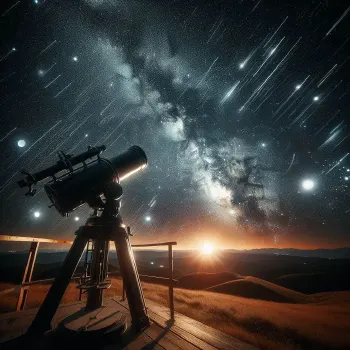
You are the universe.
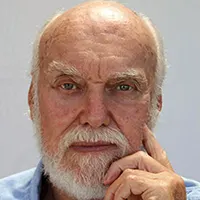
1971

Astronomy is the study of celestial objects and phenomena that exist beyond Earth’s atmosphere. For thousands of years, humans have studied the stars and planets visible to the naked eye. Ancient civilizations used observations of celestial bodies to develop calendars, plan agricultural activities, and navigate across oceans. Today, astronomers use ground and space-based telescopes to study electromagnetic radiation from objects many light years away.
Modern astronomy seeks to understand the physics and chemistry behind planetary formation and evolution. Astronomers also study the birth, life, and death of stars. The study of galaxies, galactic clusters, and larger scale cosmic structures falls under the umbrella of extragalactic astronomy. Another branch of modern astronomy is physical cosmology—the study of the universe as a whole, including its structure, origin, and evolution. Astronomy continues to fascinate humans as we uncover mysteries about dark matter, dark energy, black holes, exoplanets, and the incredible scale of our ever-expanding universe that contains billions of galaxies like our own.
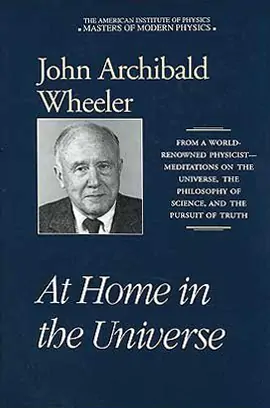
At Home in the Universe
At Home in the Universe explores the profound role of human consciousness in the shaping of reality. Wheeler delves into quantum physics, cosmology, and philosophy, proposing that observers play a critical part in the universe's existence. He introduces ideas like "participatory anthropic principle" and "it from bit," suggesting that reality is information-based and that the act of observation helps bring the universe into being. The book blends science with deep philosophical inquiry.
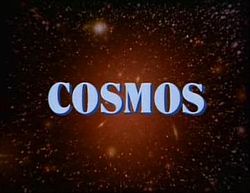
The Shores of the Cosmic Ocean
Cosmos, Episode 1
Carl Sagan opens the program with a description of the cosmos and a “spaceship of the imagination” shaped like a dandelion seed. The ship journeys through the universe’s hundred billion galaxies, the Local Group, the Andromeda galaxy, the Milky Way, the Orion Nebula, our solar system, and finally the planet Earth. Eratosthenes’ successful calculation of the circumference of Earth leads to a description of the ancient Library of Alexandria. Finally, the “Ages of Science” are described, before pulling back to the full span of the cosmic calendar.

Harmony of the Worlds
Cosmos, Episode 3
Beginning with the separation of the fuzzy thinking and pious fraud of astrology from the careful observations of astronomy, Sagan follows the development of astronomical observation. Beginning with constellations and ceremonial calendars (such as those of the Anasazi), the story moves to the debate between Earth and Sun-centered models: Ptolemy and the geocentric worldview, Copernicus' theory, the data-gathering of Tycho Brahe, and the achievements of Johannes Kepler (Kepler's laws of planetary motion and the first science-fiction novel).

Travellers' Tales
Cosmos, Episode 6
The journeys of the Voyager probes is put in the context of the Netherlands in the seventeenth century, with a centuries-long tradition of sailing ship explorers, and its contemporary thinkers (such as Constantijn Huygens and his son Christiaan). Their discoveries are compared to the Voyager probes' discoveries among the Jovian and Saturn systems. In Cosmos Update, image processing reconstructs Voyager’s worlds and Voyager’s last portrait of the Solar System as it leaves is shown.

The Backbone of Night
Cosmos, Episode 7
Carl Sagan teaches students in a classroom in his childhood home in Brooklyn, New York, which leads into a history of the different mythologies about stars and the gradual revelation of their true nature. In ancient Greece, some philosophers (Aristarchus of Samos, Thales of Miletus, Anaximander, Theodorus of Samos, Empedocles, Democritus) freely pursue scientific knowledge, while others (Plato, Aristotle, and the Pythagoreans) advocate slavery and epistemic secrecy.

The Lives of the Stars
Cosmos, Episode 9
The simple act of making an apple pie is extrapolated into the atoms and subatomic particles (electrons, protons, and neutrons) necessary. Many of the ingredients necessary are formed of chemical elements formed in the life and deaths of stars (such as our own Sun), resulting in massive red giants and supernovae or collapsing into white dwarfs, neutron stars, pulsars, and even black holes. These produce all sorts of phenomena, such as radioactivity, cosmic rays, and even the curving of spacetime by gravity. Cosmos Update mentions the supernova SN 1987A and neutrino astronomy.

The Edge of Forever
Cosmos, Episode 10
Beginning with the origins of the universe in the Big Bang, Sagan describes the formation of different types of galaxies and anomalies such as galactic collisions and quasars. The episode moves further into ideas about the structure of the Universe, such as different dimensions (in the imaginary Flatland and four-dimensional hypercubes), an infinite vs. a finite universe, and the idea of an oscillating Universe (similar to that in Hindu cosmology). The search into other ideas such as dark matter and the multiverse is shown, using tools such as the Very Large Array in New Mexico. Cosmos Update shows new information about the odd, irregular surfaces of galaxies and the Milky Way perhaps being a barred spiral galaxy.

Encyclopædia Galactica
Cosmos, Episode 12
Questions are raised about the search for intelligent life beyond the Earth, with UFOs and other close encounters refuted in favor of communications through SETI and radio telescope such as the Arecibo Observatory. The probability of technically advanced civilizations existing elsewhere in the Milky Way is interpreted using the Drake equation and a future hypothetical Encyclopedia Galactica is discussed as a repository of information about other worlds in the galaxy. The Cosmos Update notes that there have been fewer sightings of UFOs and more stories of abductions, while mentioning the META scanning the skies for signals.

Who Speaks for Earth?
Cosmos, Episode 13
Sagan reflects on the future of humanity and the question of "who speaks for Earth?" when meeting extraterrestrials. He discusses the very different meetings of the Tlingit people and explorer Jean-Francois de La Perouse with the destruction of the Aztecs by Spanish conquistadors, the looming threat of nuclear warfare, and the threats shown by destruction of the Library of Alexandria and the murder of Hypatia. The episode ends with an overview of the beginning of the universe, the evolution of life, and the accomplishments of humanity and makes a plea to mankind to cherish life and continue its journey in the cosmos. The Cosmos Update notes the preliminary reconnaissance of planets with spacecraft, the fall of the Berlin Wall and the end of apartheid in South Africa, and measures towards the reduction of nuclear weapons.
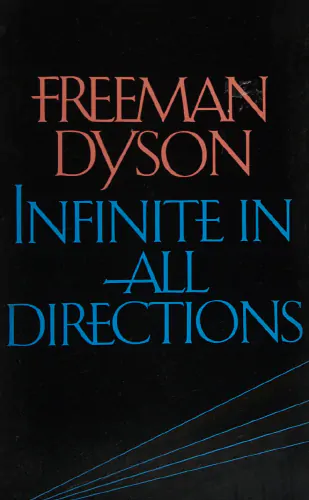
Infinite in All Directions
Infinite in All Directions explores science and religion as two complementary ways of understanding the universe. Based on Freenman Dyson's Gifford Lectures, the book celebrates diversity, both in the natural world and human responses to it. Dyson contrasts different scientific approaches using Manchester and Athens as symbols. He delves into the origin and evolution of life, highlighting how life thrives on diversity. In the final chapter, Dyson speculates on the future of life and the universe, blending science with a touch of science fiction and theology.
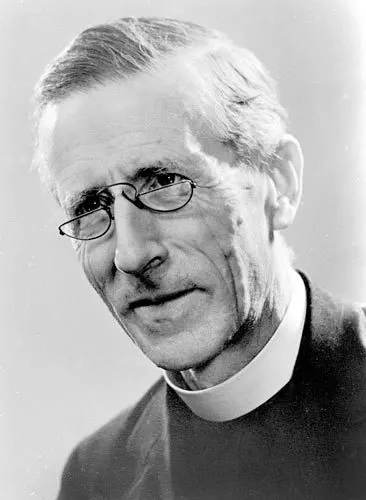
Life and the Planets
Pierre Teilhard de Chardin explores the concept of complexification in the universe, focusing on the ever-increasing combination of smaller elements into larger structures, and then extrapolates this behavior to humanity's current situation. What if the human species is an intermediary evolutionary stage, and what would the next rung on the ladder look like? Teilhard suggests that it will involve the merging-together of all humanity into a divine, planetized consciousness.

Power of Space
Weaving connections between Eastern thought and modern science, Alan Watts explores the wonder of space. For him, space is no mere emptiness but a cosmic tapestry integral to existence. He draws parallels between space and the Buddhist void, seeing both as the interwoven ground of being that allows consciousness to emerge.
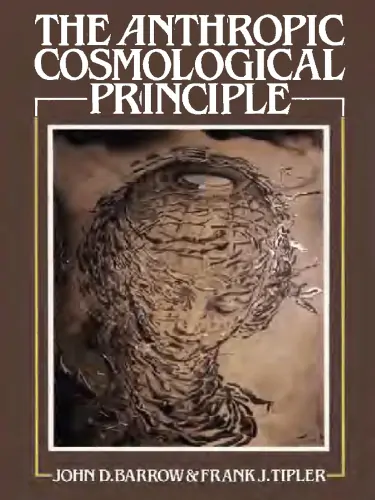
The Anthropic Cosmological Principle
Since Copernicus, science has moved humanity from the center of Creation. However, The Anthropic Cosmological Principle suggests that intelligent observers determine the Universe’s structure. Its radical form asserts that intelligent life must emerge and never die out. Cosmologists John Barrow and Frank Tipler explore the Principle’s implications, from the definition of life to quantum theory. Covering fields like philosophy and astrophysics, this work connects the existence of life with the vast cosmos, engaging a broad audience.
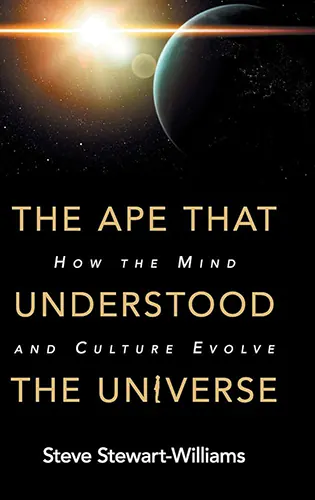
The Ape that Understood the Universe
How the Mind and Culture Evolve
The Ape that Understood the Universe is the story of the strangest animal in the world: the human animal. It opens with a question: How would an alien scientist view our species? What would it make of our sex differences, our sexual behavior, our child-rearing patterns, our moral codes, our religions, our languages, and science? The book tackles these issues by drawing on ideas from two major schools of thought: evolutionary psychology and cultural evolutionary theory. The guiding assumption is that humans are animals, and that like all animals, we evolved to pass on our genes. At some point, however, we also evolved the capacity for culture—and from that moment, culture began evolving in its own right. This transformed us from a mere ape into an ape capable of reshaping the planet, travelling to other worlds, and understanding the vast universe of which we're but a tiny, fleeting fragment.
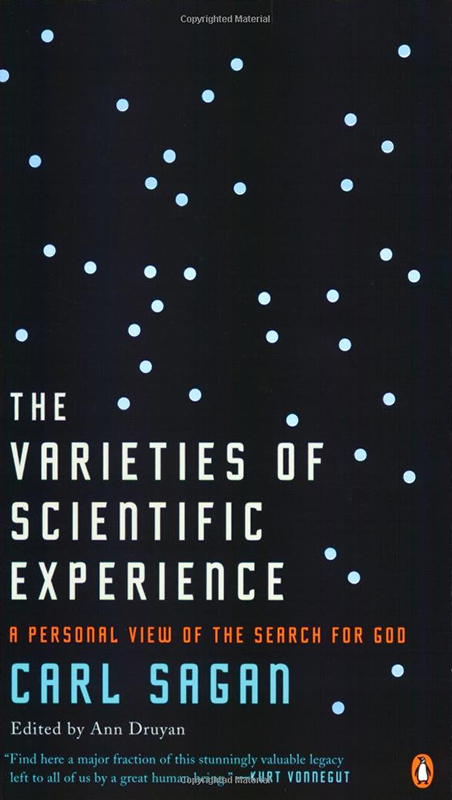
The Varieties of Scientific Experience
Carl Sagan's prescient exploration of the relationship between religion and science, and his personal search for God.

Youniverse Explorer
Douglas Harding demonstrates his “Youniverse” educational toy, which visually depicts the process of investigating one’s identity, starting from the outer viewpoint of galaxies and zooming in to the innermost center.